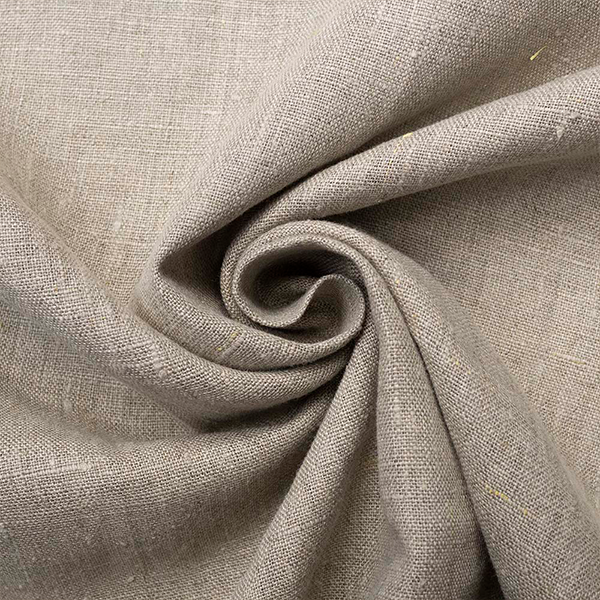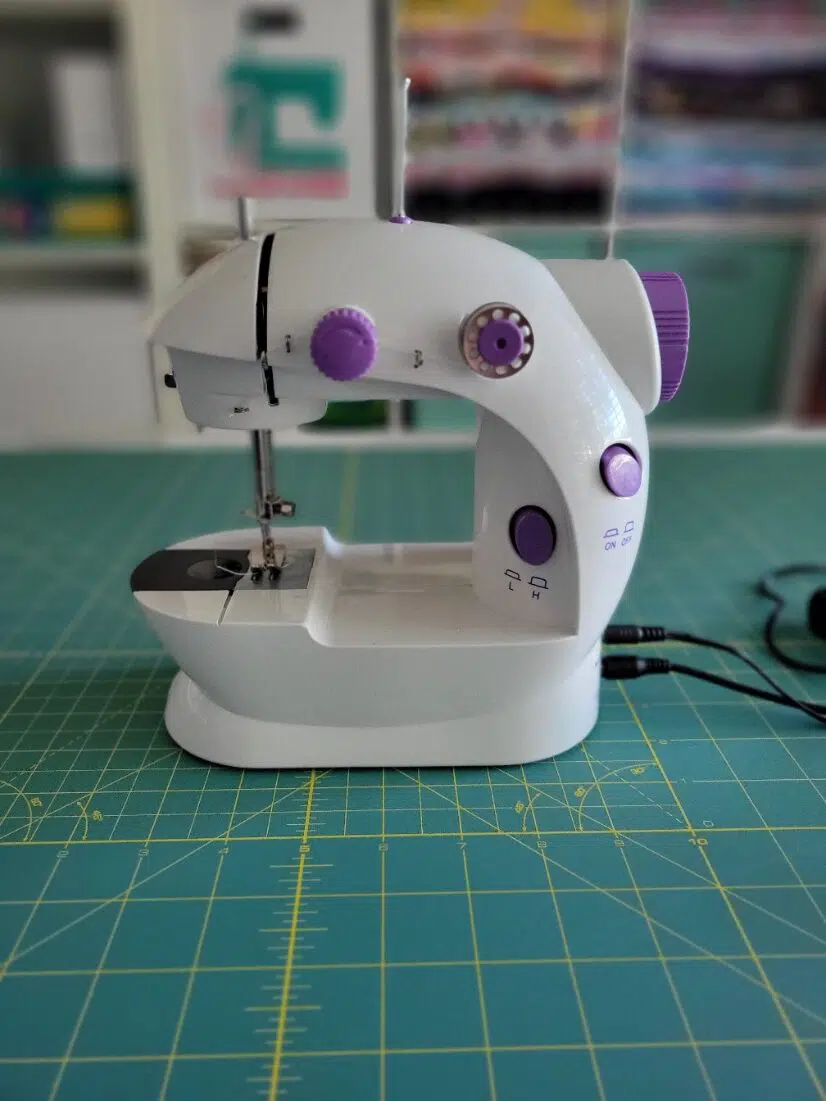
How to Start Sewing Without Spending a Fortune: Where to Get a Machine, Fabric, and Tools for Free or Cheap
For a long time, I thought sewing was a pricey hobby. Between the machine, fabric, thread, needles, and an iron, the costs looked intimidating. And the big worry: what if I don’t even enjoy sewing after spending all that money?
The truth is, you don’t need to break the bank to get started. With a little patience, you can find most of your supplies secondhand, for next to nothing—or even free. Here’s a guide to sourcing sewing gear, fabric, and notions on a budget, plus what to look out for when buying a used machine.
Disclosure: This post may contain affiliate links. If you purchase through them, I may earn a small commission at no extra cost to you. I only recommend tools I use and trust.
How to Find a Free or Low-Cost Sewing Machine
Where to look:
-
Local giveaway groups (Freecycle, “Buy Nothing” groups): People often post unused machines they’re happy to pass on. Subscribe to notifications so you can claim items quickly.
-
Classifieds (Craigslist, OLX, Facebook Marketplace): Save searches and set alerts for your zip code and budget. Deals go fast, but persistence pays off.
-
Garage sales, flea markets, and thrift stores: It’s common to spot older, sturdy models at very low prices.
-
Ask friends and family: Many households still have an unused machine tucked away.
-
Online auctions (eBay, Etsy): Watch for listings with local pickup options to avoid high shipping fees.
Also, check out my article on how to choose a sewing machine.

What kind of machine is worth it?
-
If it’s free, grab it—worst case, you can pass it along.
-
For a purchase, aim for a vintage Singer or Kenmore—these are reliable, with plenty of manuals and tutorials available online.
-
Test it on-site: turn the handwheel, check if the feed dogs move, and see if the bobbin case is intact. A heavy frame usually means it’s all-metal inside (a good sign).
How to Score Cheap or Free Fabric
Fabric is often the costliest part of sewing, but you can save a lot:
-
Thrift stores and donation shops: Look at linens and bed sheets for practice fabric.
-
Giveaway sites and sewing forums: People often give away fabric remnants.
-
Fabric swaps and community groups: Great for trading your scraps for something new.
-
Coupons and sales: Sign up for Joann, Hobby Lobby, or other craft stores for regular discounts.
Also, check out my article on types of fabrics.
Beginner tip: Start with woven cotton—it’s easy to cut and sew. Avoid slippery silks or stretchy knits until you’re more confident.
Saving on Thread, Needles, and Other Essentials
Thread:
-
Vintage spools often look nice but are too weak to use. Buy fresh thread instead.
-
Stick to quality brands like Gutermann or Coats & Clark. Buy sets during sales or use coupons to stock up.
Needles:
-
Change your needle every 4–6 hours of sewing.
-
Buy bulk packs online—Schmetz Universal needles are a reliable choice for beginners.
Other tips:
-
Wawak and Joann are great sources for discounts.
-
Always compare bulk vs. single pack prices.

Budget-Friendly Irons and Tools
-
Irons and ironing boards: Check secondhand shops or consignment stores. They don’t need to be top-of-the-line for beginners.
-
Fabric scissors: These are worth buying new—keep them sharp and don’t use them on paper.
-
Other notions: Pins, rulers, seam rippers, and marking tools are often cheap to buy new or come up in swaps.
Free Sewing Patterns and Learning Resources
- To start, take a look at our sewing patterns. They aren’t free, but they’re very affordable and include video guides and illustrated instructions.
- Pinterest: A goldmine of free sewing patterns and tutorials.
- Facebook sewing groups and forums: Many share free PDFs.
- Etsy & indie designers: Look out for free trials or test patterns.
- Vintage pattern archives: Many public domain books and manuals are available online.

- Quick Safety Tips for Beginners
-
Be cautious of “too good to be true” deals online—especially with accessories like presser feet or bobbins that may not fit your model.
-
Factor in shipping when buying secondhand online.
-
Keep track of model numbers and manuals—this helps when finding parts or troubleshooting.
- Final Thoughts
- Sewing doesn’t need to cost a fortune. With a bit of resourcefulness, you can build your starter kit almost entirely from free or secondhand finds. Invest slowly in better tools as you grow, but for now—grab a simple machine, practice on thrifted fabric, and just start sewing.
- The key isn’t how much you spend—it’s the joy of creating something with your own hands.
